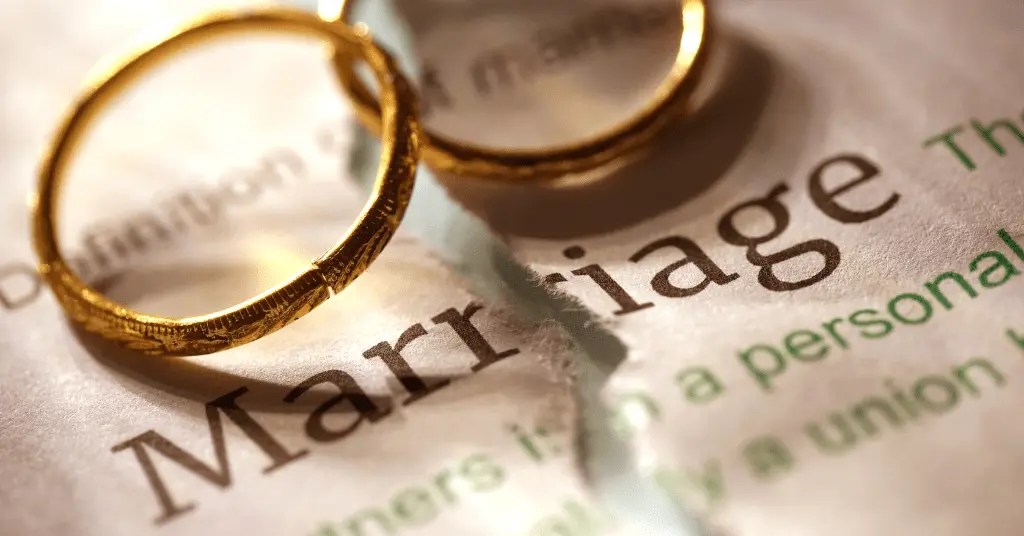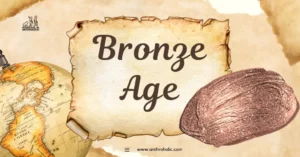AI Answer Evaluation Platform Live Now. Try Free Answer Evaluation Now
Sororate
Sororate Marriage is one where the husband marries the sister of the deceased or infertile wife. The term “Sororate” originated from the Latin word “soror” meaning sister. Sororate marriage is contrary to the Levirate marriage. The term Sororate was introduced by James Frazer, a British Anthropologist. The sister may be the biological sibling or socially accredited person of the deceased.

A society cannot thrive or continue without the important social institution of marriage. Every society has laws governing sexual relations and childbirth, although they differ from culture to culture (Mair, 1965). The institution of marriage provides societal approval for these sexual connections. Sororate marriage is a tool in preferential marriage.
Arguments for Sororate Marriage
- This type of marriage bolsters the alliance to have children and strengthen family ties.
- It is associated with the patriarchal system.
- It helps in the nurture of the children of the deceased wife.
- Sister of the deceased wife can give more care towards the family as compared to the outsider.
- To continue their lineage, if the wife proves to be an infertile.
- It guarantees a long-lasting bond and closeness among families (Majumdar and Madan, 1986).
Types of Sororate Marriage
Junior Sororate
- If the man marries the younger sister of the deceased/ infertile wife, it is termed as junior Sororate.
Senior Sororate
- If the man marries the elder sister of the deceased/ infertile wife, it is termed as senior Sororate.
*Sororate marriage should not be confused with sororal polygyny.
Sororate Marriage in different cultures
- The Kurds frequently use this custom. The younger sister is typically accepted in exchange for a reduced bride price.
- The Inuit/ Eskimos of Alaska and Swazi people also follow Sororate custom.
Conclusion
Sororate marriages are usually rare. Some people see it as a taboo. But still provides an opportunity for the man to carry his family name as well as it also gives emotional and physical support.
Suggested Articles
References
1. Doshi S.L, Jain P.C. (2001). Social Anthropology. Rawat Publications; Jaipur, 2019.
2. Ember Carol, Ember Melvin, Peregrine Peter. (2015). Anthropology. Pearson Education; Noida, 2019.
3. Mair Lucy. (1965). An Introduction to Social Anthropology. Oxford University Press; Oxford, 1972.
4. Britannica, T. Editors of Encyclopaedia (2014, December 9). Sororate. Encyclopedia Britannica. https://www.britannica.com/topic/sororate . Accessed on 15 February 2023.
5. A. E. M. J. Pans. (1989). Levirate and Sororate and the Terminological Classification of Uncles, Aunts, and Siblings’ Children. Ethnology, 28(4), 343–358. https://doi.org/10.2307/3773539 . Accessed on 15 February 2023.




